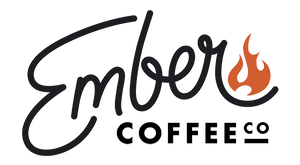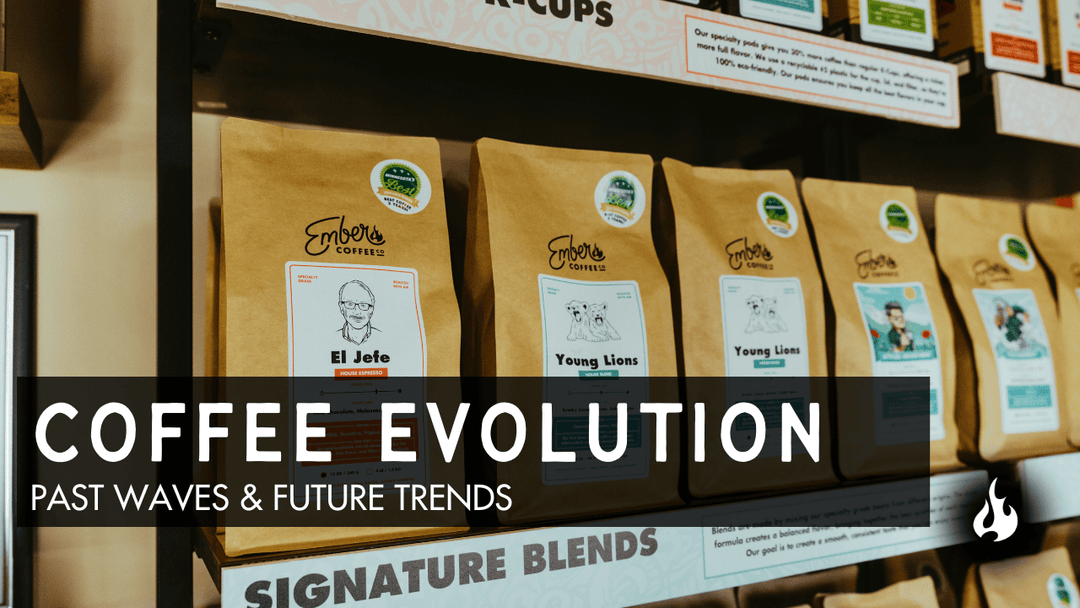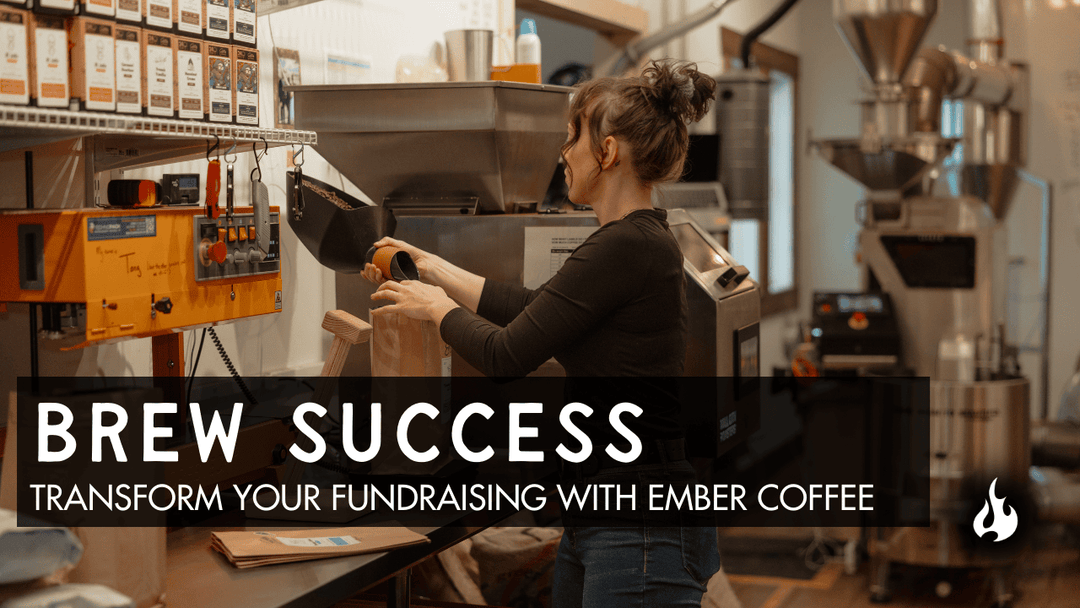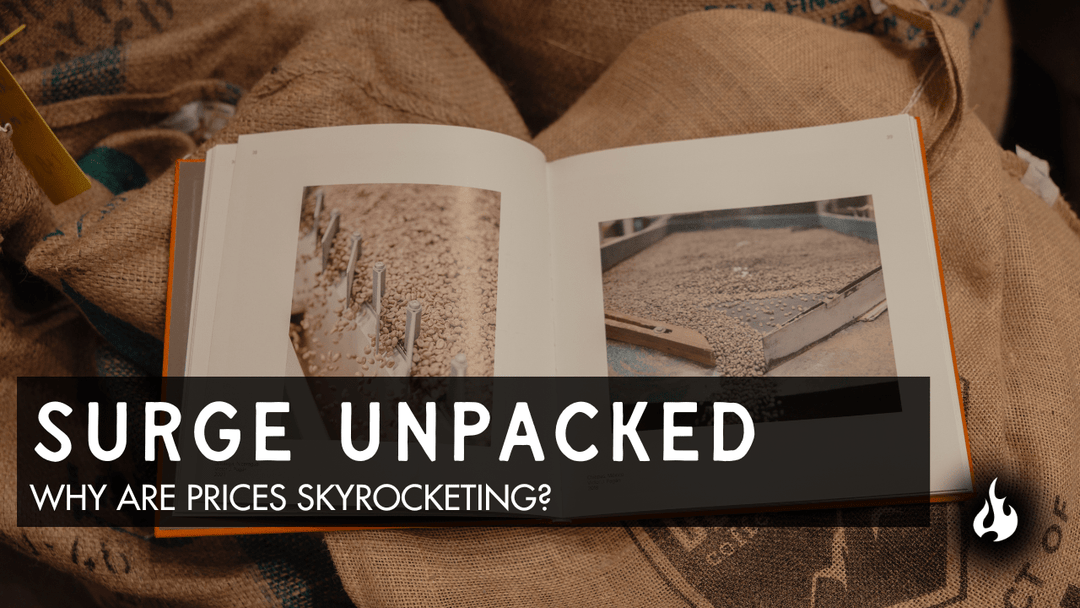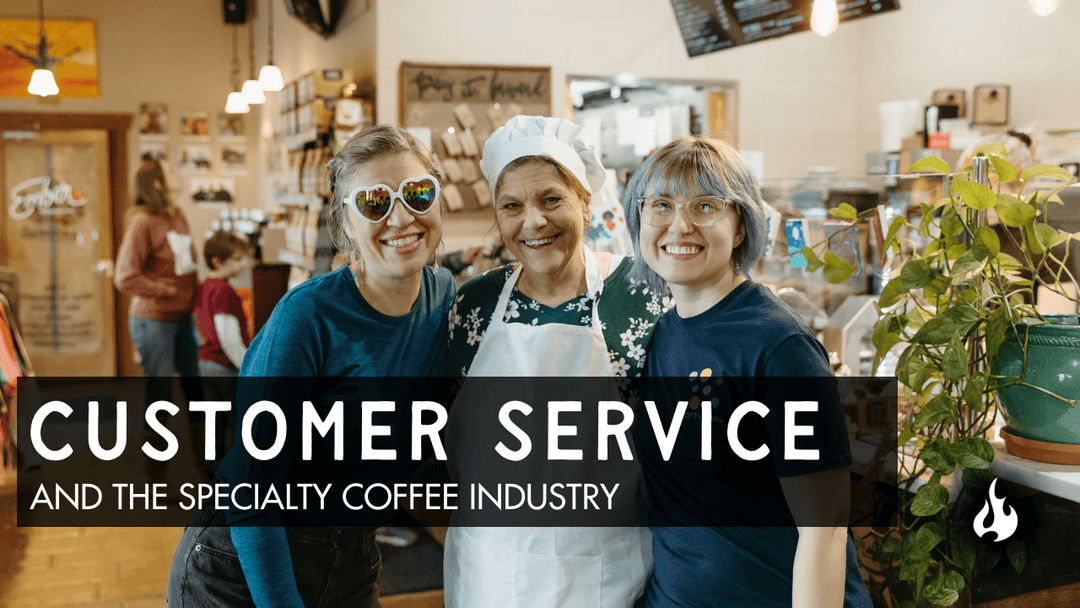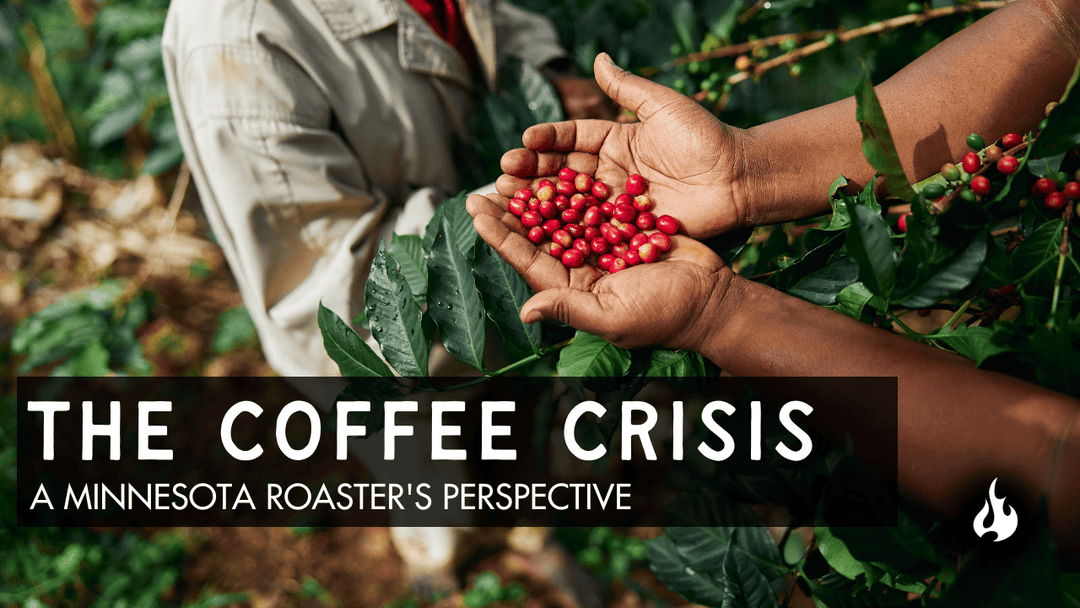What is a ‘Light Roast?’ A Universal Standard Could Change Everything
Labels like "light roast," "medium roast," and "dark roast" are deeply ingrained in the coffee-drinking culture. However, behind these seemingly simple terms lies a lack of consensus that perplexes consumers and challenges coffee roasters. Why is a universally accepted definition for “light roast” still missing, and how could that change the way we select and enjoy coffee?
What is a ‘Light Roast?’ A Universal Standard Could Change Everything
Labels like "light roast," "medium roast," and "dark roast" are deeply ingrained in the coffee-drinking culture. However, behind these seemingly simple terms lies a lack of consensus that perplexes consumers and challenges coffee roasters. Why is a universally accepted definition for “light roast” still missing, and how could that change the way we select and enjoy coffee?

Labels like "light roast," "medium roast," and "dark roast" are deeply ingrained in the coffee-drinking culture. However, behind these seemingly simple terms lies a lack of consensus that perplexes consumers and challenges coffee roasters. Why is a universally accepted definition for “light roast” still missing, and how could that change the way we select and enjoy coffee?
A groundbreaking study from the UC Davis Coffee Center suggests a potential game changer. It explores the possibility of adopting a universal roast classification based on color metrics, offering a solution to one of the coffee industry's most persistent challenges. Let's examine how a standardization of "light roast" could reshape expectations, trust, and growth in the industry.

The Challenge with Today's Roast Labels
Roasters have long relied on loosely defined terms that vary significantly between businesses. Your "light roast" from one roaster could look or taste like a "medium roast" from another. Contributing factors include the absence of standardized language and the reliance on subjective in-house systems such as catchy names, five-point scales, or traditional terms like "French Roast" or "Vienna Roast."
Even professional tools like Agtron or RoastVision meters, which are designed to provide objective readings, produce inconsistent results due to variables like development times, bean characteristics, or equipment calibration. Ultimately, this inconsistency causes dissatisfaction among consumers when their coffee doesn't meet expectations and creates a branding challenge for roasters.
For instance, a small-batch coffee roaster in Minnesota may label a coffee as "light roast," based on their internal criteria, yet the same coffee might be perceived as a medium roast in other markets. This inconsistency erodes trust and complicates communication in both local and global contexts.
The Science Behind Standardization
Researchers at UC Davis propose using the CIELAB color system as a measurable framework for roast classification. Widely applied in industries like textiles and food, the CIELAB framework evaluates color on three dimensions:
- Lfor lightness
- afor the green–red axis
- bfor the blue–yellow axis
The UC Davis study analyzed hundreds of Arabica coffee samples and found a predictable transformation curve in the L* (lightness) values during roasting. This discovery suggests an objective basis for defining roast levels according to measurable color values. For example:
- A "light roast" could correspond to a specific measurable range of lightness, such as L: 55–60*, ensuring clarity and repeatability.
- Regardless of roasting methods or origin, roasters globally would align their definitions based on scientifically proven, quantifiable metrics.
This approach would allow a light roast in Minnesota to taste and brew similarly to one in Tokyo or Berlin, ensuring consistent consumer experiences while improving clarity and trust.

Why This Matters for the Coffee Community
Imagine walking into your favorite coffee shop, ordering a "light roast," and knowing exactly what to expect—bright, fruit-forward flavors with just the right amount of acidity. For coffee drinkers, this consistency could build trust and elevate their experience, whether they’re sipping their favorite brew at home or ordering from Minnesota’s top coffeehouses. Labels grounded in measurable data would replace confusion and guesswork with reliability, offering confidence with every purchase.
For roasters, the potential impact of standardized roast definitions is just as transformative. Small-batch artisans who balance the delicate dance between art and science would gain a powerful tool to communicate their craft. A universal system for describing roast profiles could help them articulate their creations with precision, while also educating consumers about the nuances of coffee. Transparency would no longer be just an ideal but a tangible advantage, allowing premium roasters to stand out in an increasingly crowded market.
Even at home, the benefits of this consistency could ripple outward. Picture a pour-over enthusiast, carefully tweaking their brew to unlock the coffee’s full potential. Universal roast metrics would give home brewers the precision they crave, helping them refine their methods and achieve cups bursting with clarity and flavor. From the casual coffee drinker to the espresso aficionado, this shared system could bring the joy of exploration and mastery to every kitchen counter.
On a broader scale, the coffee industry as a whole could find itself speaking a shared language—a universal vocabulary built on measurable parameters like color and roast level. Roasters, consumers, and equipment manufacturers could work together more seamlessly, creating a global network united by quality, clarity, and collaboration. The possibilities are exciting, but as with any major transformation, challenges remain.

Overcoming the Challenges
Implementing universal roast standards won't come without its hurdles. Coffee traditions are deeply rooted in storytelling, and names like "City Roast" or "Breakfast Blend" evoke a sense of history and familiarity. For some, replacing these evocative terms with technical jargon like "L*: 58" might feel cold or clinical. A hybrid approach could provide a solution, blending the old with the new. For example, roasters could label their packaging with both a description like "Light Roast" and measurable data such as "L*: 58.2," bridging the gap between tradition and innovation.
Another challenge is the cost of integrating this system. Measuring roast levels requires specialized tools like spectrophotometers or Agtron machines, which range in price from $500 to $3,500. While large-scale businesses may have the resources to adopt this technology, smaller specialty roasters, including many in Minnesota, could find it prohibitively expensive. Affordable alternatives or subsidized programs would be key to ensuring that all roasters, regardless of size, can participate in this new era of transparency.
Education will also play a critical role in bringing this vision to life. Roasters and consumers alike would need to learn how to interpret and utilize these new standards. Workshops, online training sessions, and marketing initiatives could help bridge the knowledge gap. Imagine a Minnesota roaster hosting a class where customers not only taste different roast levels but also learn how to decode the labels. By making education accessible and engaging, the coffee community could embrace these changes together.
The road to universal roast standards might be steep, but the rewards could be extraordinary. From building trust with consumers to empowering roasters and fostering global connections, this shift has the potential to reshape the coffee industry for the better. It’s a story of evolution, blending tradition with innovation, and one that coffee lovers everywhere are ready to write together.
Light Roast as a Catalyst for Change
Why is the "light roast" worth standardizing above all? Light roasts highlight the bean’s innate qualities, showcasing the nuanced stories of its origin, growing conditions, and processing methods. Unlike darker roasts, which impose heavier caramelization flavors, light roasts retain brighter acidity and vibrant complexity, introducing drinkers to a coffee’s terroir and finer details.
By creating universal standards for light roasts, the specialty coffee industry can grow its appeal among curious newcomers and seasoned enthusiasts alike. This could further expand appreciation for craft coffee in local markets, supporting award-winning coffee in Minnesota and beyond.

Join Minnesota’s Coffee Revolution
At Ember Coffee, we champion transparency and precision, celebrating the true essence of every coffee bean through our expertly crafted light roasts. Whether you're a loyal customer or a curious newcomer, we invite you to explore how clarity in roasting creates a cup of coffee that tells a story.
Discover what makes Ember Coffee a leading small-batch coffee roaster in Minnesota. Taste the trust and transparency of our light roasts today.
Taste the difference. Try our light roasts today.
